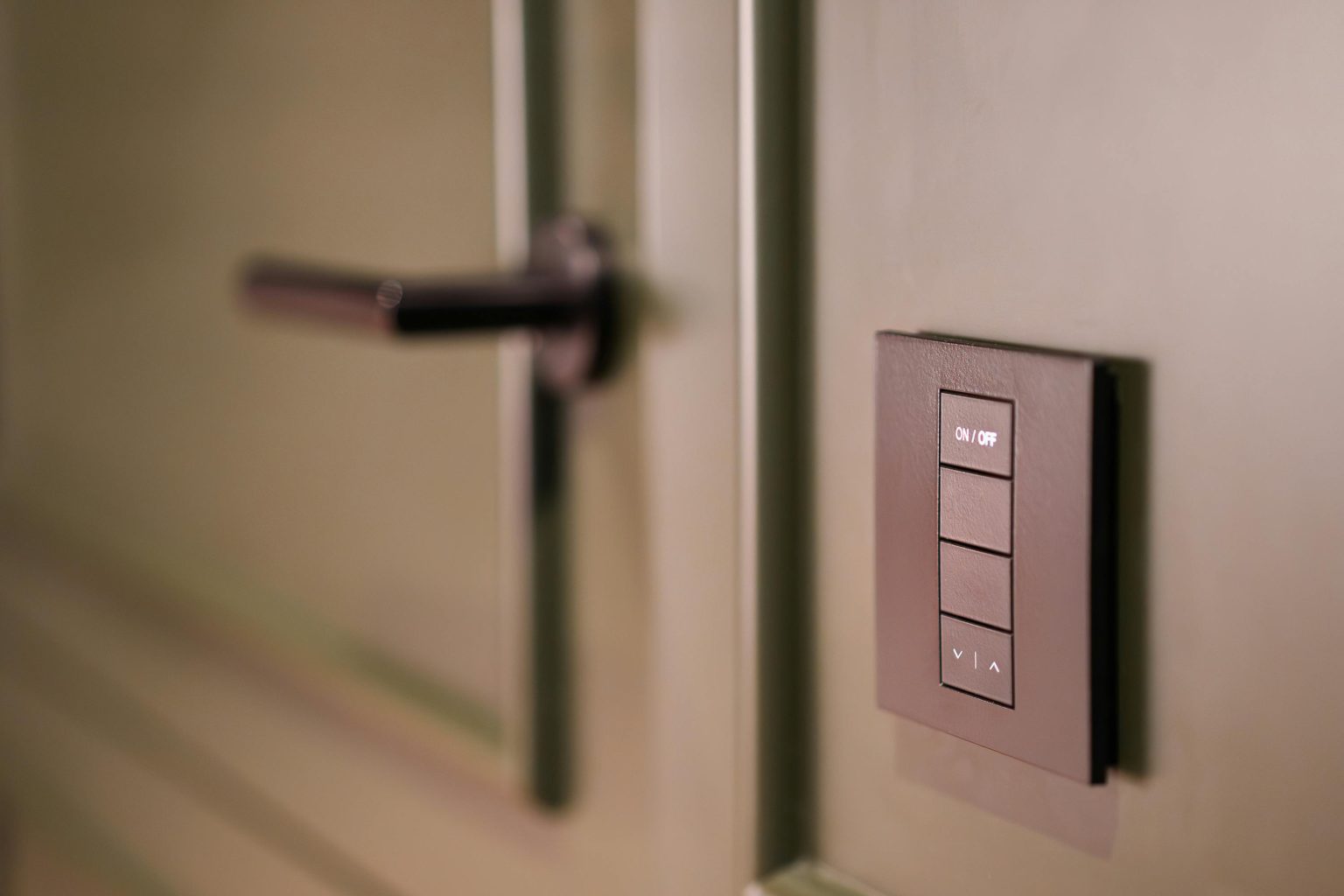As climate concerns grow and energy costs continue to rise, the way we heat our homes and buildings is under scrutiny. Heating accounts for a significant portion of global carbon emissions, especially in colder climates, where homes rely heavily on boilers, furnaces, and radiators for comfort. But with smart technology, renewable energy options, and eco-conscious design, it’s becoming possible to strike a balance between warmth and sustainability.
Why Heating Systems Matter in the Climate Equation
Globally, heating and cooling systems contribute nearly half of a building’s energy use. In the UK, around 14% of carbon emissions come from residential heating alone. Traditional systems, especially older gas boilers, are often inefficient and environmentally harmful. As the UK government pushes toward net-zero carbon targets, homeowners and businesses are looking for smarter, cleaner ways to stay warm.
Smarter Technology, Smarter Choices
Advancements in smart heating systems are transforming how we manage indoor temperatures. Smart thermostats, for example, allow users to control heating schedules remotely via smartphone apps, ensuring that energy is only used when necessary. Zoning systems add further efficiency by heating only occupied rooms, avoiding waste and reducing overall consumption.
In addition, intelligent learning algorithms in many smart devices now anticipate user preferences, automatically adjusting settings based on occupancy patterns and weather forecasts. These innovations make it easier than ever to optimize comfort without excess energy use.
Sustainable Sources: Heat Pumps and Beyond
Renewable energy solutions such as air-source and ground-source heat pumps offer low-carbon alternatives to gas and oil heating. These systems work by extracting heat from the air or ground, making them significantly more efficient than conventional methods. Though they have a higher upfront cost, they provide long-term savings and are eligible for various government incentives.
Solar thermal systems, which use the sun’s energy to heat water, can also supplement existing heating systems, further reducing reliance on fossil fuels. When paired with a well-insulated home, these solutions offer year-round comfort with minimal environmental impact.
Community-Level Solutions
Some areas are also investing in district heating networks—centralized systems that supply heat to multiple buildings through insulated pipes. These systems often use combined heat and power (CHP) plants or biomass, enabling energy efficiency on a larger scale. While not yet widespread, they represent a growing opportunity to rethink how communities are heated.
For those in Hertfordshire in the UK, St Albans heating services offer modern, energy-efficient heating solutions tailored to today’s environmental demands. From smart controls to renewable system installations, local providers are helping residents transition to greener alternatives without sacrificing warmth or comfort.
Practical Steps for Every Home
Even without overhauling your entire heating system, there are practical ways to make a difference:
- Install a smart thermostat
- Schedule regular boiler servicing
- Improve insulation to reduce heat loss
- Bleed radiators for optimal performance
- Use draught excluders and heavy curtains
By combining smarter habits with more efficient technology, households can lower their carbon footprint while keeping energy bills in check.
The Road Ahead
Balancing comfort and carbon doesn’t require sacrifice—it calls for smart planning and forward-thinking investments. As the climate continues to change, our homes must evolve with it. Smarter heating isn’t just a luxury; it’s becoming a necessity for a sustainable future.

